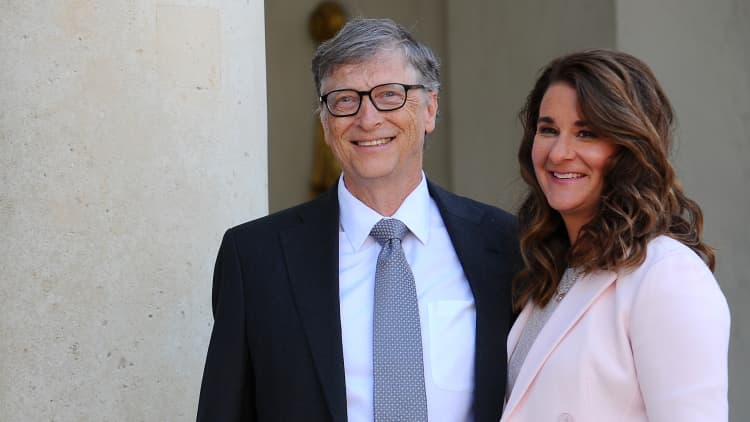Americans are stressed out about affording college — and for good reason. Over 44 million Americans hold a total of $1.4 trillion in student loan debt, and applying for financial aid and scholarships can be confusing and difficult.
"The government makes it extremely challenging to access funds," says Charlie Javice, founder & CEO of Frank, an online FAFSA platform. "It's an awareness issue, it's an ease of use issue, it's also that counselors do not receive the proper training in financial aid."
These factors combined can make affording college seem impossible. But Ben Kaplan, CEO of PR Hacker and author of "How to Go to College Almost for Free," says that everyone can find a way to make college more affordable. In fact, he himself attended Harvard for free, by winning 24 scholarships totaling $90,000.
Here are the three biggest myths about affording college that Kaplan says college applicants and their families should ignore:
1. Middle-class families never receive aid
When it comes to financial aid, Kaplan says that most families do not realize that they qualify.
"A big myth is that it's only need-based for the most financially needy," says Kaplan. In his experience, applicants tend to think, "'Oh, if we're middle class and my parents work then there's no way we will get aid.'"
This could not be further from the truth says Javice, especially when it comes to filing for federal financial aid.
"Aid is available for anyone with a household income below $250,000 a year," she explains. "So it's really important as FAFSA season comes up that people don't forget that there is no such thing as being too rich to file FAFSA."
Javice points out that a vast majority of Americans make less than $250,000. Being too rich "only applies to less than 5 percent of the U.S. population. Everyone should be doing it."

2. The sticker price is what you pay
One of the biggest misconceptions about affording college is that the cost of college is accurately represented by the price of tuition. According to Kaplan, many families believe that state schools are always the cheapest option and that private liberal arts colleges are always prohibitively expensive.
This thinking is misguided, he says.
"I think a misconception about the financial aid process is thinking that the sticker price of the college is what you pay," says Kaplan. "So if this college costs $40,000 a year, they think there's no way they can ever pay and therefore don't even try."
In reality, most students at private universities often pay well below the sticker price. "The average public college student pays on average about 16 percent below the sticker price," he says. "At a private university, it's usually about one third below."
3. Merit means perfect
Kaplan says that many students will shy away from applying for merit-based scholarships because they don't have perfect GPAs and SAT scores.
"Merit doesn't just mean grades and test scores," he says.
The secret to winning scholarship money and affording college is not to be perfect in every way, but rather to put yourself out there and to give it your best shot, explains the CEO.
"The common link between all scholarship winners is not how smart they are, not where they're from, not their grades. It's that they actually apply for these awards," says Kaplan. "Most of the people who win substantial amounts applied for a lot."
Like this story? Like CNBC Make It on Facebook
Don't miss:
Bill Gates: US college dropout rates are 'tragic'
How this millennial paid off over $100,000 of debt in 6 years
Students who work actually get better grades—but there's a catch



